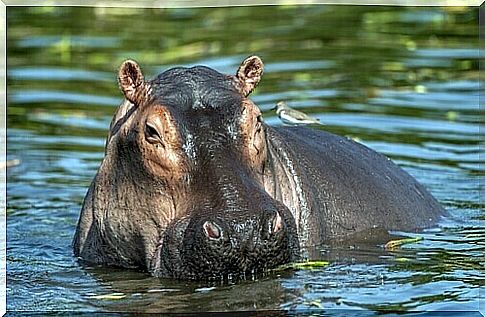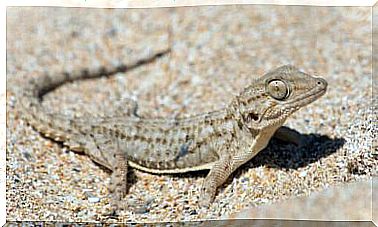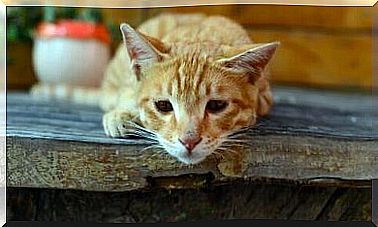Hippopotamus: Characteristics, Behavior And Habitat

The hippopotamus is one of the great African mammals that has always amazed young and old. It is often depicted as a docile and good-natured animal, for example in cartoons and comics, but in reality it is a territorial living being that can often become very violent. In this article we will show you everything you need to know about this giant animal that the Greeks called “the water horse”.
Its wide open mouth, the fearsome pointed danti and the characteristic sound, similar to a bellow, are just some of the typical elements of this living being that, apparently, has trodden our planet for over a hundred thousand years.
A journey to discover the hippo
General characteristics
First, we will start by remembering that hippos are totally herbivorous mammals . Only during the struggles for the defense of the territory, these animals come to bite their rivals. In case of food shortages, they can behave like scavenger carnivores or even cannibals.
It has a truly impressive size, and this is sometimes enough to discourage less courageous predators. As for the reproduction and gestation of newborns, the hippo belongs to the so-called family of placental mammals. As in humans, babies spend a lot of time inside the mother’s placenta, slowly growing and feeding on what it eats.

Once it leaves its mother’s womb, the baby hippo enters the water, where it will spend most of its life. This is her natural environment, where she feels safe and secure no matter what she’s doing, whether she copulates or gives birth. This large mammal can also live on land, but it always prefers the aquatic environment.
As physical characteristics, we highlight its large size, its wide legs and its weight, which can even reach 3 tons. His skin is dry and rough, hairless. So bathing her continuously is a way to keep her hydrated and supple.
Habitat
The ‘ Africa is its main habitats, especially in sub-Saharan Africa. Despite this, it is possible to see some specimens in central Africa and in some eastern countries that do not border the Mediterranean. Why did the hippo choose these areas as their habitat ? Simple: here it has everything it needs: water and heat.
Behavior
This animal is territorial and loves to move around in groups. To mark its territory, it defecates and wags its tail to spread the droppings over as much space as possible, thus extending the terrain it dominates. Herds of hippos can be made up of 5 to 30 specimens, mostly females with which the alpha males will mate to give birth to new specimens. It is striking that only some females are chosen for breeding. As we said at the beginning of this article, the hippo has a very strong temperament. When it comes to defending their harem , two male adults can fight for a long time, even causing very serious injuries , until one of them gives up.
Although it is popularly shown as a tender and harmless animal, as a herbivore, many define it as the most dangerous animal in Africa. On many occasions, hippos have been seen killing other animals simply because they couldn’t stand their proximity. And, often, it also attacks humans. Being in front of this animal can turn into a situation of extreme danger, so if you are planning to participate in some safaris , do not trust too much and stay away.
Curiosity
The life of the hippopotamus basically takes place at night, or during the coolest hours of the day. As soon as the sun sets, males and females take the opportunity to go ashore and look for food. The diet of this animal is based on the rumination of herbs, roots and shrubs. When food is scarce, a hippo travels over 8km to meet its energy needs. Keep in mind that, in adulthood, one of these living beings consumes about 40 kg of weed per day.
We are sure that more than one aspect of this animal has surprised you. The hippo is far from the peaceful herbivorous mammal that is often idealized in advertisements and cartoons. Accustomed to living in African rivers, swamps and lakes, this ancient living thing will not hesitate to open its menacing jaws if you get too close.









